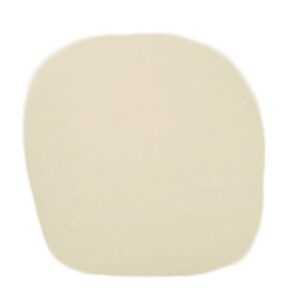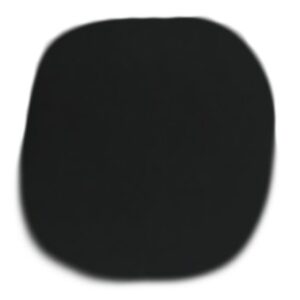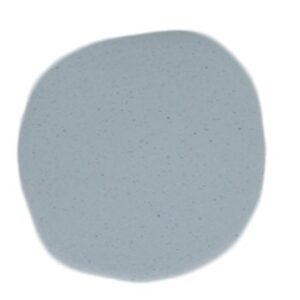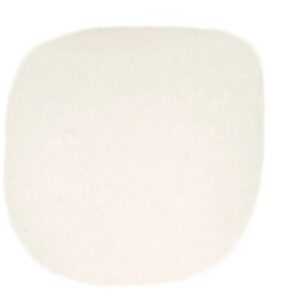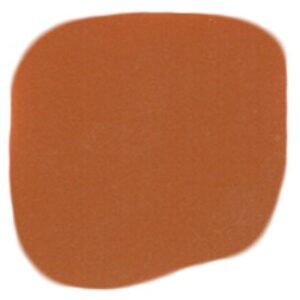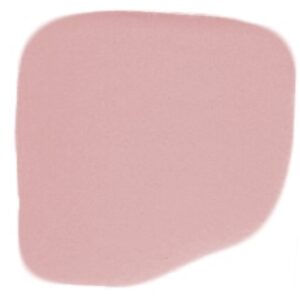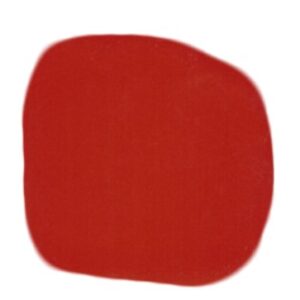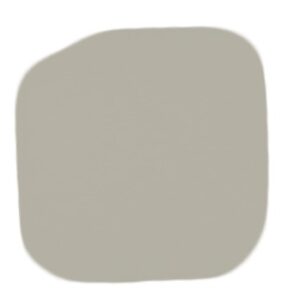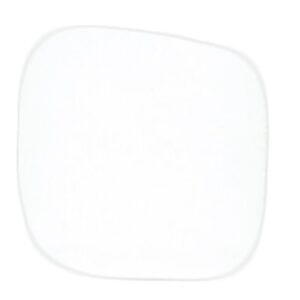Colors
Color is crucial when selecting wall or floor tiles as it sets the tone and ambiance of a space, influencing the overall aesthetic and mood. The right color choice can visually expand a room, create a sense of warmth, or enhance the desired atmosphere.
Additionally, color can impact the perception of cleanliness and spaciousness, making lighter shades ideal for smaller areas, while darker hues can add drama and sophistication. It's essential to consider the existing decor, lighting conditions, and intended use of the space when choosing tile color to ensure harmony and coherence in the design scheme.
Shop All
